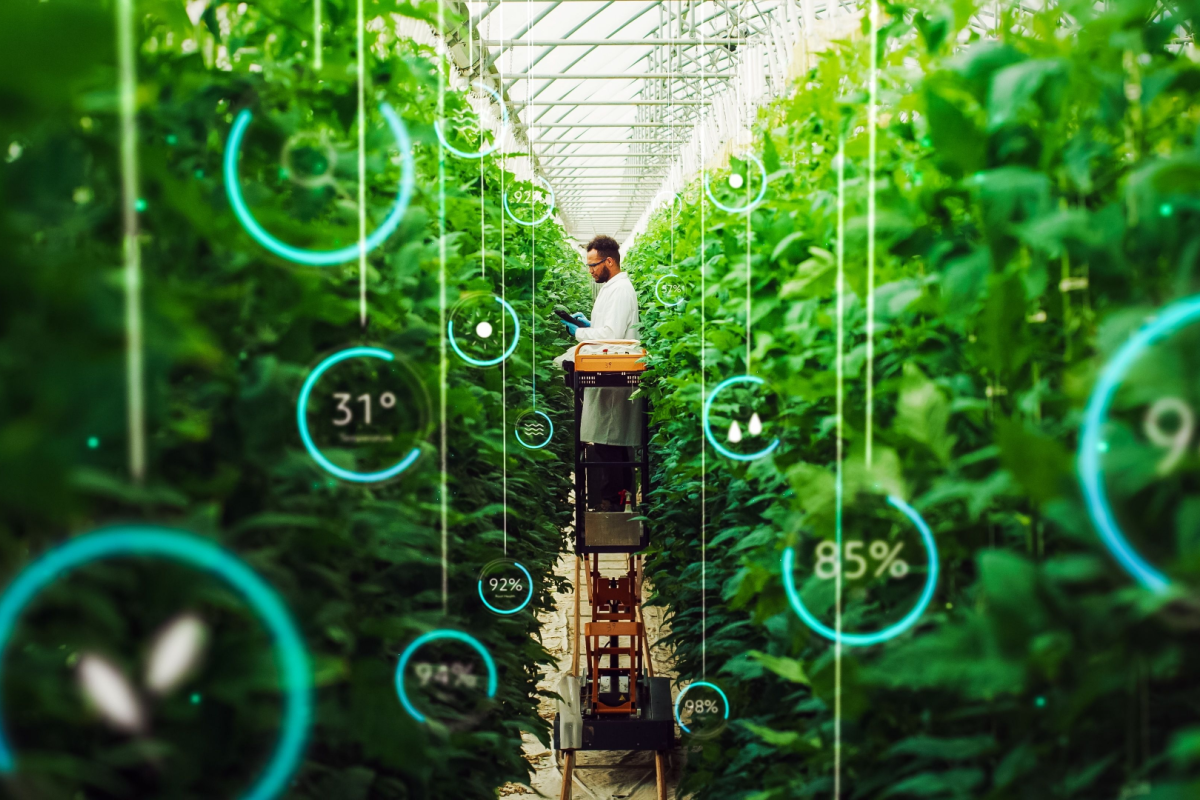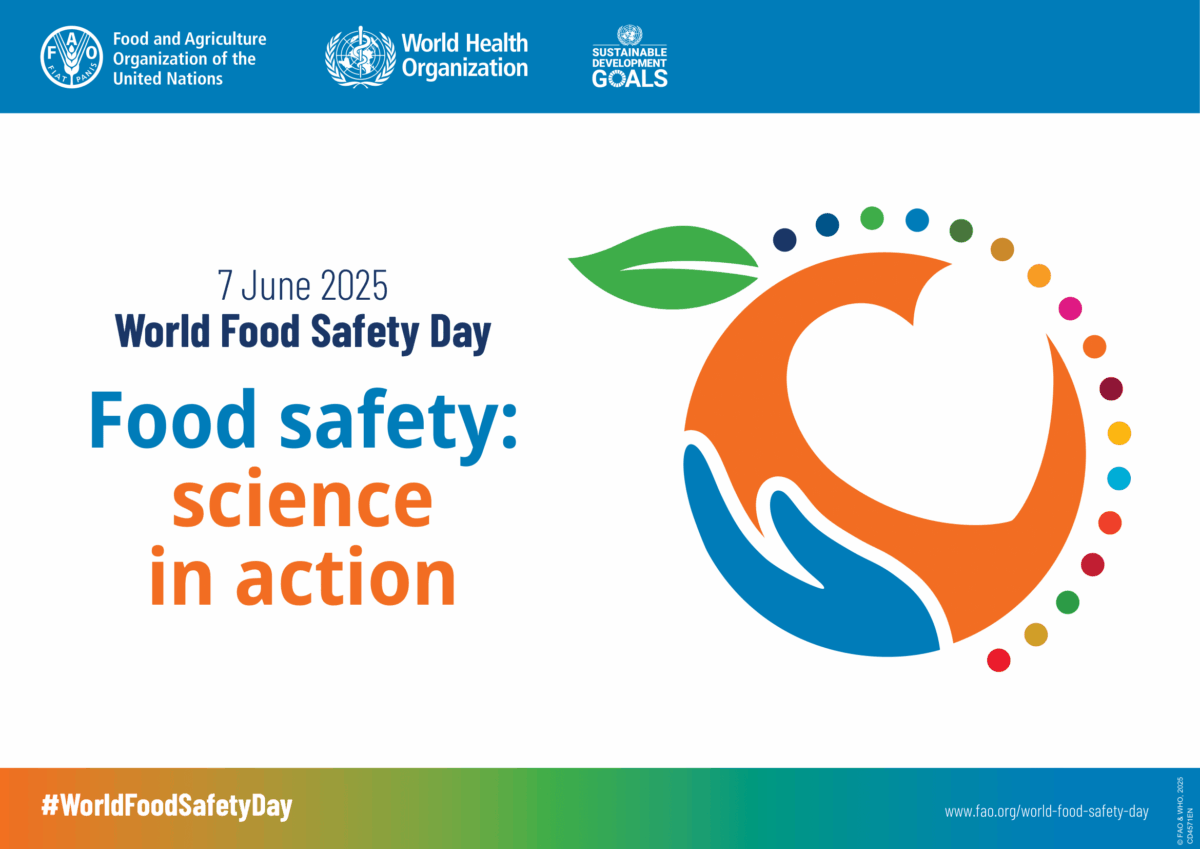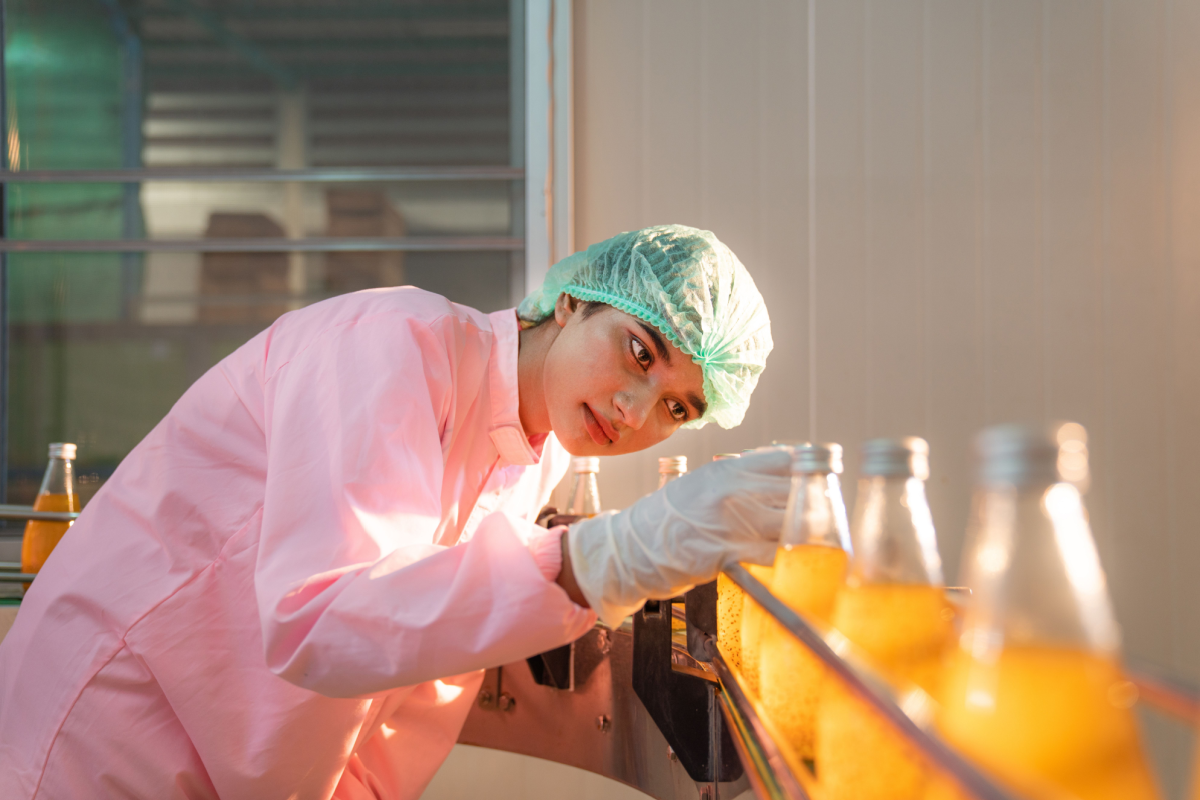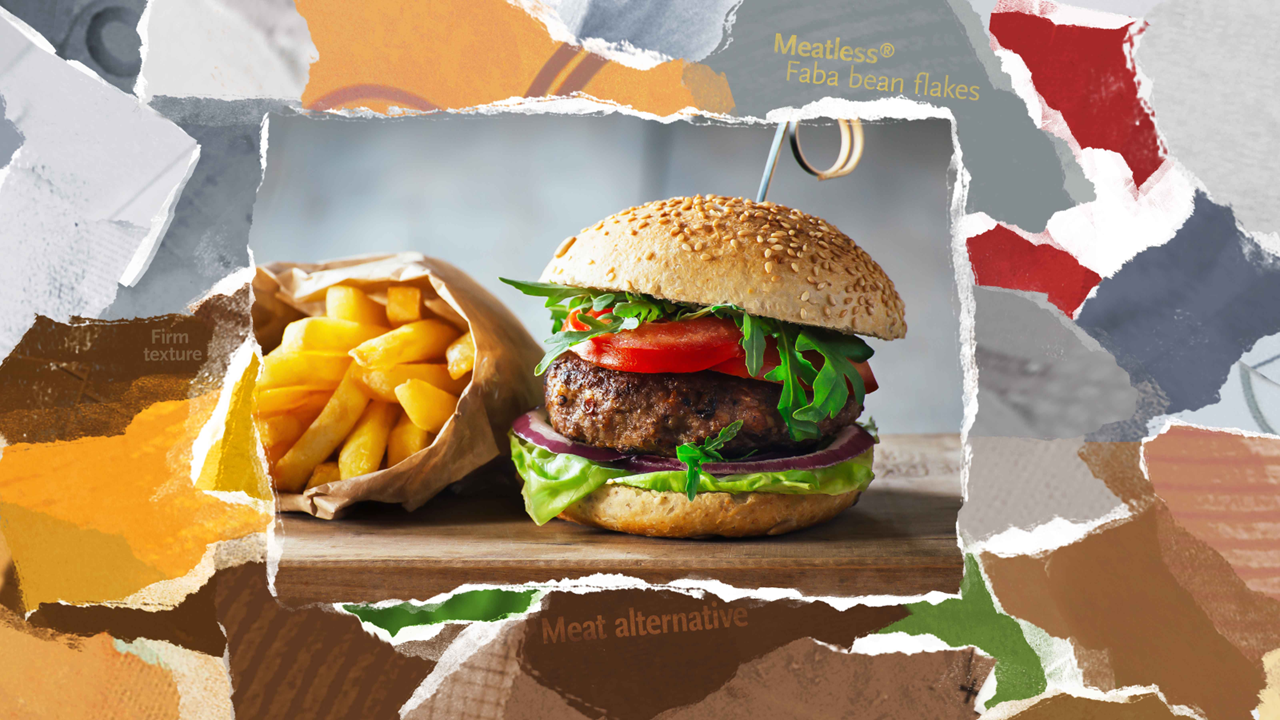Food safety scandals have impacted humanity throughout history, with devastating consequences for public health and the economy. While food safety regulations and advances in technology have greatly reduced the incidence of such events, some of the worst food safety incidents continue to occur.
Here, we will examine ten of the worst food safety scandals in recent history, based on their impact on human health and society. Each of these outbreaks took a significant toll on public health, resulting in numerous illnesses, deaths and economic losses. The causes of these events varied, from contaminated food and water to zoonotic diseases and poor hygiene practices.
In many cases, the outbreaks could have been prevented or mitigated with better food safety measures and public health interventions. By studying these incidents, we can gain insights into how to prevent future outbreaks and protect public health. Here are ten of the worst food safety scandals between 1993 and 2015.
Related: Here’s Why Raw Flour is Linked to Foodborne Illness Outbreaks
1. US Blue Bell Creameries Outbreak (2015)
This was a severe foodborne illness outbreak that affected at least ten states in the US. It was caused by contaminated ice cream products manufactured by Blue Bell Creameries, a popular ice cream company based in Texas. The outbreak resulted in ten hospitalizations and three deaths, and led to a nationwide recall of all Blue Bell products.
The outbreak was caused by the bacterium Listeria monocytogenes, which was found in several samples of Blue Bell ice cream products, as well as in the company’s manufacturing facilities. It is believed that the contamination was caused by inadequate cleaning and sanitation practices at the company’s facilities. The outbreak had significant economic consequences for Blue Bell Creameries, which had to lay off a large number of employees and pay millions of dollars in fines and legal settlements.
2. US Spinach Outbreak (2006)
This outbreak was caused by the consumption of fresh spinach that was contaminated with E. coli O157:H7 bacteria. The outbreak affected people in 26 states and Canada, and resulted in 205 confirmed cases of E. coli infection, including 102 hospitalizations and three deaths. The majority of those affected were women, and 31 cases involved severe kidney failure.
The source of the outbreak was traced back to a spinach growing region in California’s Salinas Valley. The FDA issued a warning against the consumption of fresh spinach, and a recall of all fresh spinach products from the area was initiated. The outbreak had a significant impact on the spinach industry, with an estimated loss of $74 million in sales.
3. US Jack in the Box Outbreak (1993)
This outbreak affected over 700 people in the US, primarily in the Pacific Northwest, and resulted in four deaths. The source was traced back to contaminated beef patties served by the fast-food chain Jack in the Box. The outbreak was caused by the bacterium Escherichia coli O157:H7, a strain of E. coli that can cause severe gastrointestinal illness, kidney failure and other complications.
The bacterium was found in several samples of ground beef patties served by Jack in the Box restaurants, and is believed to have originated from the slaughterhouse and meatpacking facility that supplied the beef. It had significant consequences for the chain, which faced intense scrutiny and criticism from public health officials, consumer advocacy groups and the media. Jack in the Box was also sued by hundreds of people who had been affected by the outbreak, and ultimately paid over $50 million in settlements and legal fees.
4. US McDonald’s Outbreak (1993)
The McDonald’s outbreak affected at least 700 people in the US, primarily in the Midwest. The outbreak was caused by contaminated hamburgers served by the fast-food chain McDonald’s, and resulted in four deaths and hundreds of hospitalizations.
This outbreak was also caused by the bacterium Escherichia coli O157:H7, which was found in several samples of ground beef patties served by McDonald’s restaurants, and is believed to have originated from the meatpacking facilities that supplied the beef. McDonald’s faced severe financial consequences from the outbreak and was sued by hundreds of people who had been affected by the outbreak.
5. US Chipotle Outbreak (2015)
This outbreak affected over 60 people across 14 states and was caused by contamination with two different pathogens: E. coli and norovirus. The outbreak began in October 2015, when multiple reports of E. coli infections emerged among customers who had recently eaten at Chipotle restaurants in Oregon and Washington. There were also reports of norovirus infections at several Chipotle locations in Boston.
The Chipotle outbreak had significant financial consequences for the company, whose stock price fell sharply in its wake. As a result, Chipotle was forced to temporarily close dozens of its restaurants across the country to prevent further spread of the bacteria. It also led to significant changes in Chipotle’s food safety practices, including new guidelines for sourcing and handling produce, as well as increased training and monitoring of employees.
6. Japan Norovirus Outbreak (2008)
This norovirus outbreak affected around 12,000 people across multiple prefectures in Japan. It was caused by contaminated raw oysters, which were served at several different restaurants in the country. Investigations by public health officials traced the outbreak to several different sources of raw oysters, including those harvested in the Kyushu region of Japan and imported from South Korea.
This outbreak had severe ramifications for the country’s food industry, and led to increased scrutiny of food safety practices and regulations. In response to the outbreak, the Japanese government implemented a number of measures to improve food safety, including new regulations on the handling and processing of raw oysters, as well as increased monitoring and testing of food products.
7. US Cantaloupe Outbreak (2011)
The US cantaloupe outbreak initially affected dozens of people across multiple US states and was caused by contaminated cantaloupes, which were grown at a farm in Colorado. The outbreak began in July 2011, when reports of listeriosis started to emerge from people who had consumed cantaloupes. The number of reported cases quickly escalated, and by the end of the outbreak, there were 147 confirmed cases in 28 states, resulting in 33 deaths.
Investigations by public health officials traced the outbreak to Jensen Farms, where the cantaloupes were found to be contaminated with Listeria monocytogenes. The investigation revealed that the contamination was likely due to unsanitary conditions at the farm. In response to the outbreak, the US government implemented a number of measures to improve food safety for fresh produce.
8. US Peanut Corporation of America Outbreak (2008 to 2009)
This outbreak affected over 700 people in 46 states and resulted in nine deaths. The source was traced back to contaminated peanut products that were produced by the US Peanut Corporation of America (PCA), a now defunct peanut processing company based in Georgia. The outbreak began in 2008, when reports of Salmonella infections started to emerge from people who had consumed peanut products from the PCA.
The investigation revealed that the contamination was likely due to unsanitary conditions at the PCA’s processing facilities, including the use of improperly cleaned equipment and the lack of proper food safety procedures. Additionally, evidence emerged that the company had knowingly shipped contaminated products to customers, including school lunch programs and other institutions.
9. China Milk Scandal (2008)
Around 300,000 babies in China were affected by the China milk scandal caused by milk and infant formula contaminated with melamine, a chemical commonly used in the production of plastics, fertilizers and other industrial products. The scandal began in late 2007, when reports started to emerge about babies and young children becoming ill after consuming melamine-contaminated milk and infant formula products.
An investigation revealed that the contamination was due to the practice of adding melamine to milk and infant formula products by some dairy farmers and producers in order to increase the protein content and make the products appear to be of higher quality. The scandal had significant consequences for the country’s food industry, and led to increased scrutiny of food safety practices and regulations for dairy products.
10. Germany E. Coli Outbreak (2011)
This outbreak affected thousands of people across Europe, with the majority of cases reported in Germany. It was caused by a strain of E. coli known as E. coli O104:H4 and resulted in 4,000 cases and 50 deaths. Public health officials initially linked the outbreak to cucumbers imported from Spain, but further testing revealed that the source of the outbreak was actually sprouted seeds, which are commonly used in salads and sandwiches.
In response to the outbreak, Germany’s government implemented a number of measures to improve food safety for sprouted seeds and other fresh produce, including new regulations on the handling and processing of these products, as well as increased monitoring and testing of food products.
While some of these outbreaks affected a relatively small number of people, they still resulted in serious health consequences, deaths and widespread outrage, qualifying as some of the worst food safety scandals in recent history. It is essential for food companies to take food safety measures seriously to prevent any kind of contamination and ensure the health and safety of their consumers.
If you want your company to be featured on Xtalks.com, please email [email protected].












Join or login to leave a comment
JOIN LOGIN